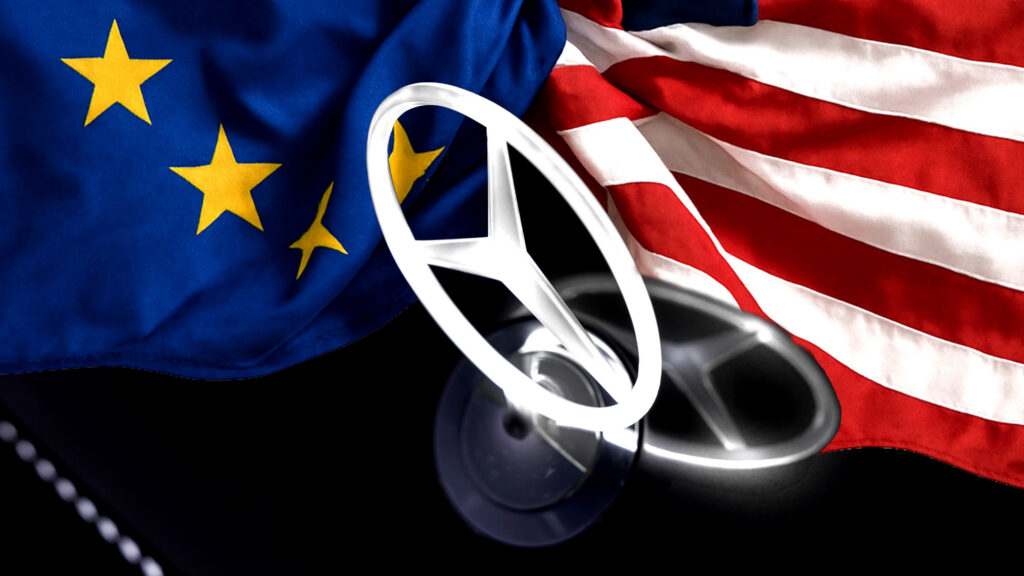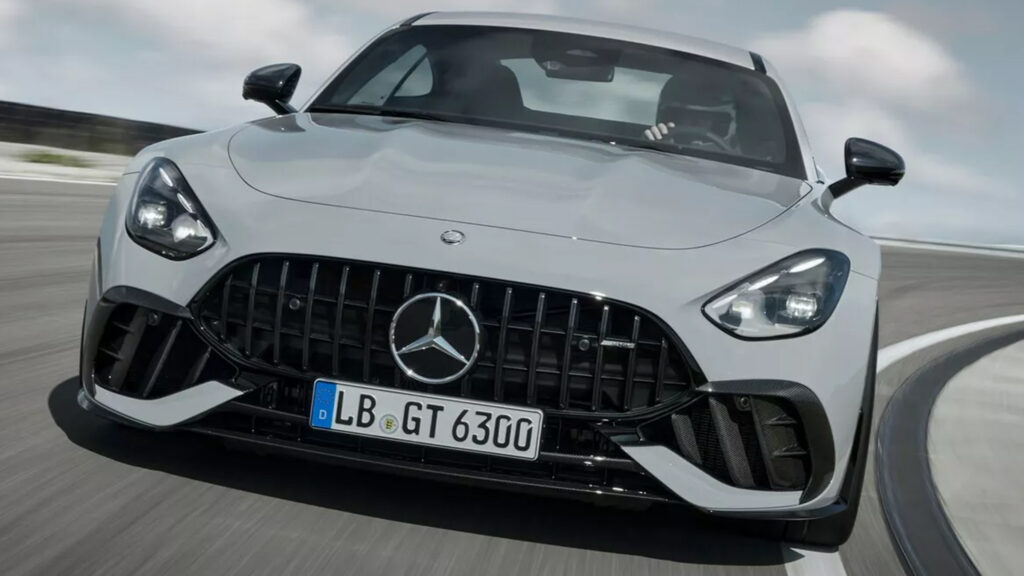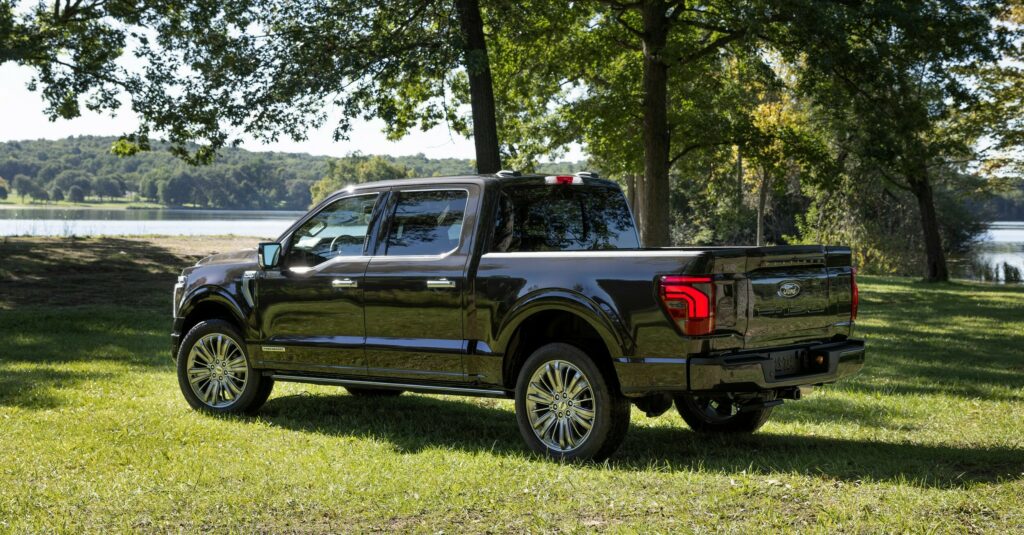Trade Talks

There’s something interesting brewing in the world of international automotive trade. Imagine this: Mercedes-Benz, one of the titans of European car manufacturing, is suggesting a bold move in trade negotiations. Their idea? Allow US-made cars to enter Europe duty-free. This is just one of the strategies Mercedes is putting forward, and it reflects the ongoing push and pull between the US and the EU on auto tariffs.
The Negotiation Dynamics

The big players in this negotiation are indeed keen on creating a more level playing field. Mercedes’ CEO, Ola Kallenius, is advocating for a trade deal that cuts down tariffs on both sides of the Atlantic. The idea is simple: let US cars into Europe without duties, and reciprocate by doing the same for EU cars headed stateside.
Some might say it’s about time. President Trump has been vocal about the disparity, noting how few American vehicles make it across the pond compared to a substantial number of European models flooding the US market. The numbers back this up — approximately 692,334 vehicles from the EU made their way to the US in 2022, while a mere 116,207 US cars found European homes.
A Shift in Focus

Now, there’s a twist here that’s proving intriguing. In Europe, fuel prices are considerably higher compared to the US—sometimes triple or even quadruple. This has largely limited the appeal of larger, fuel-thirsty American cars. Urban infrastructure also plays a role. European streets are often narrower, complicating the integration of large American vehicles like pickup trucks, beloved on US soil for their size and utility.
What Lies Ahead?
As these negotiations unfolds, it’s important to wonder how they could reshape consumer habits on both sides. For US car manufacturers, entry into the European market could mean tailoring vehicles to fit urban environments better while addressing fuel economy—a shift many may find daunting yet necessary.
On the driving dynamics front, there’s always been a cultural difference. European cars often boast tighter handling and a focus on driving experience, from zipping through city streets to winding country roads. American vehicles, by contrast, tend to emphasize comfort and power. These qualities resonate with the freedom of long, open highways back in the States.
The Road Ahead
It’s anyone’s guess how this scenario will play out. Mercedes’ involvement adds a significant player advocating for change, but political will and economic implications will ultimately shape the outcome. If successful, it could lead to a more interconnected global automotive market, where new driving experiences become accessible to a wider audience.
For now, enthusiasts and industry observers alike will be watching closely. The road to mutual automotive appreciation is under construction, and the journey is just as important as the destination.
Hot Wheels Revival
Chrysler's Comeback
Rare Porsche Hypercar
Maserati's Next Move
Hyundai Brake Trouble